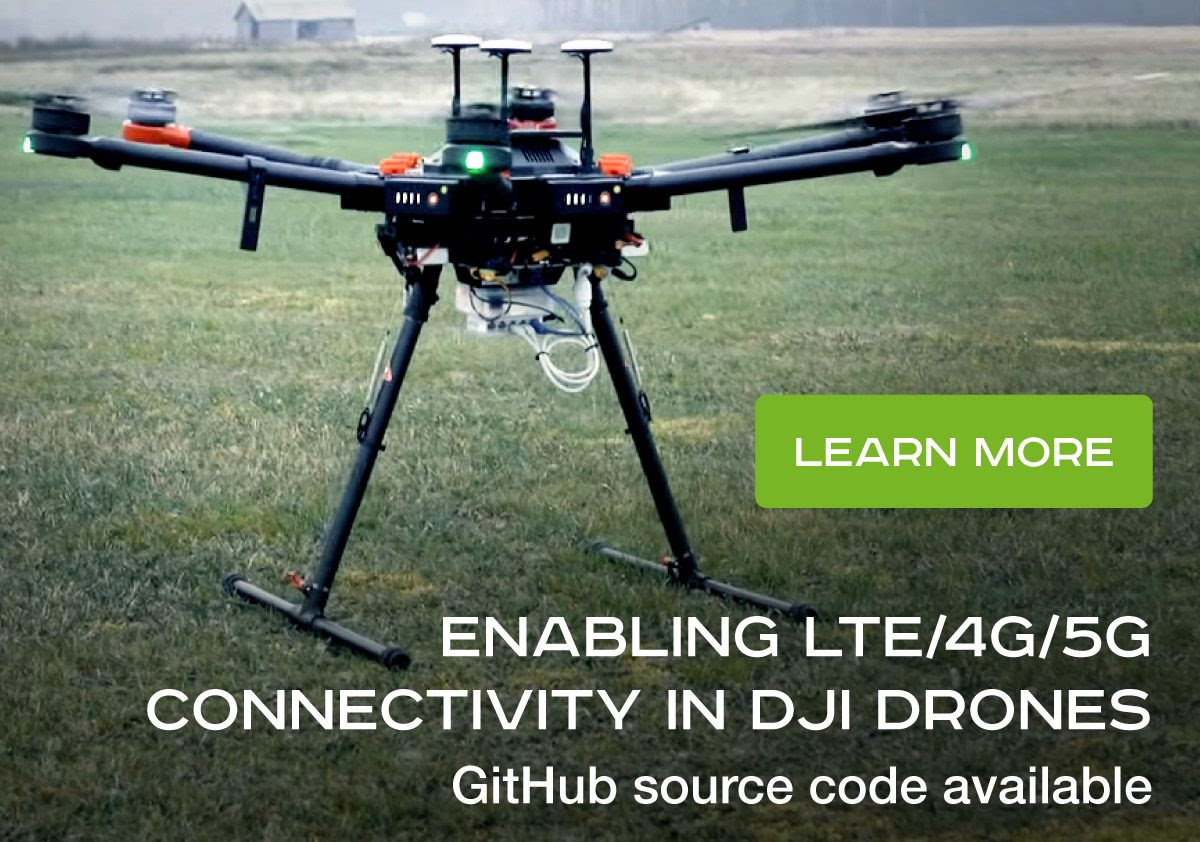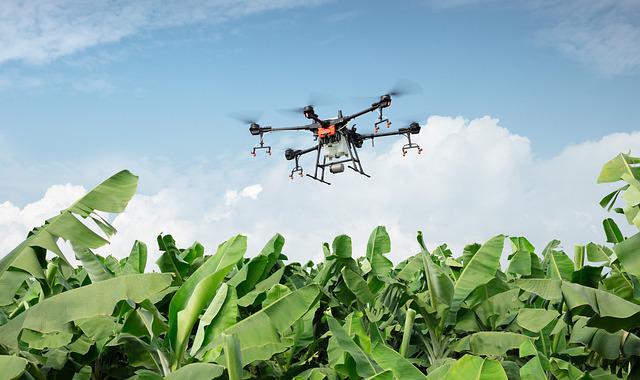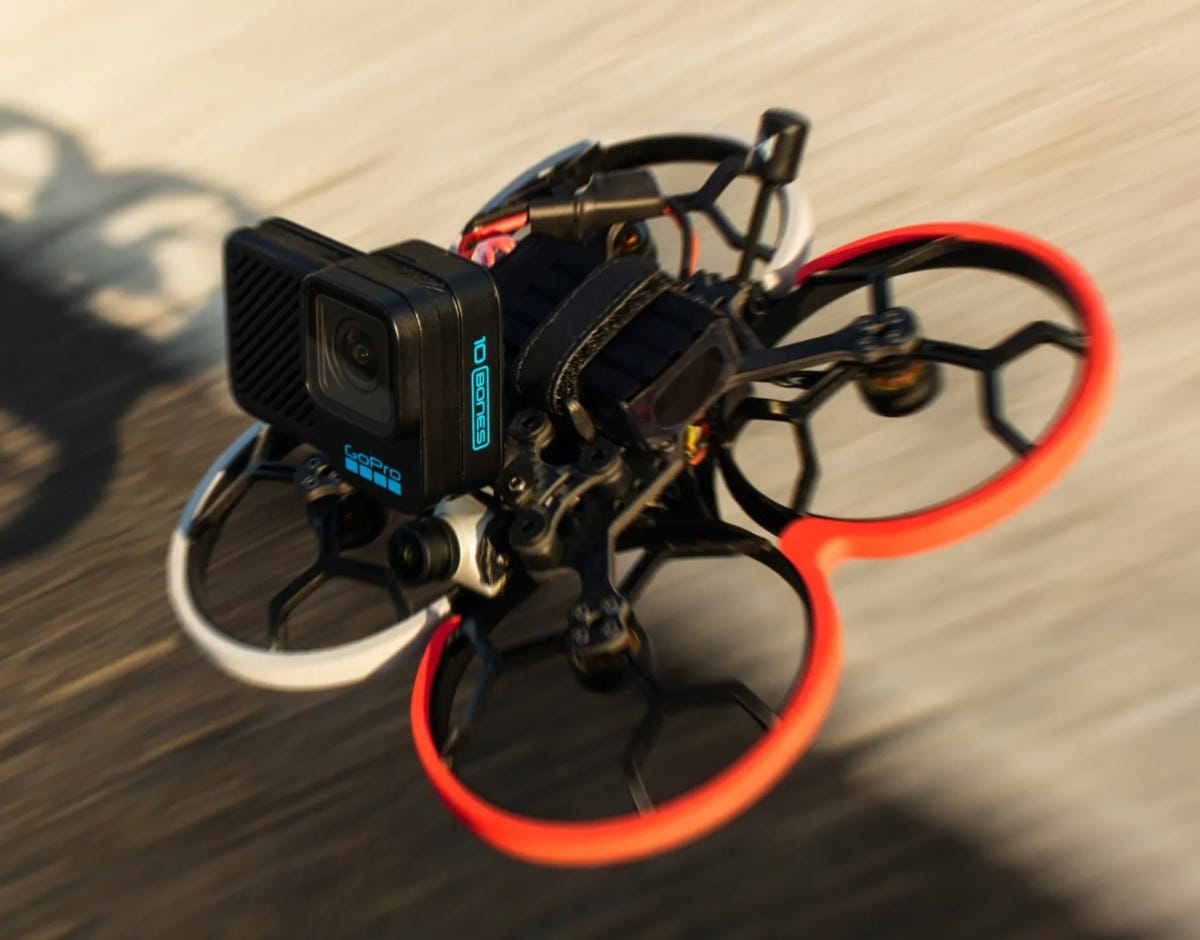
U.S. military drones can be used by the government to target people who are on a "killlist" in war zones. These drones are often used for signature strikes (or targeted killings) based upon vaguely defined suspicious behaviors. Recent strikes have wrongly targeted innocent civilians and made them terrorist targets. A strike in January 2018 in Yemen, for example, mistakenly targeted an elderly farmer of 70 years. Another mistaken strike in Afghanistan in August 2021 killed an innocent family of three.
Lessons from the Iraq War
The lessons learned from the Iraq War revolve around the demise of old institutions and the creation of new ones. The dissolution of the Iraqi army alienated tens of thousands of well-trained Sunnis and disrupted the security order. The plans to replace this army with new ones were not well-conceived or implemented in a timely manner. Let's summarize: The lessons from Iraq War were clear: There is no easy solution to conflicts zones.
Bush's administration took the easiest route to war in Iraq. It created plans for a small force to invade and claimed that costs would not be high. While this strategy worked well for toppling Saddam's army, it proved disastrous once the mission changed from invasion to occupation. The Iraqi government quickly became a mess. American troops could not stop the civil war. Therefore, it was crucial that the U.S. create a powerful power-sharing agreement (with the Iraqi government)
Future of military drones
The Defense Department is using new technologies like artificial intelligence and deep learning to improve its drone program. It wants drones to be able to make their own decisions, eliminating humans from the equation. These five technologies could play a significant role in the future development of military drones. These technologies are still ideas. These technologies could be used to make military drones in the future, as they become more advanced. But there's one problem: the cost of munitions.

Since the Civil War, military drones have been in use for a long time. Drones are becoming more successful today, including Predator Drone. Drones were first used to attack ammunition supply during the Civil War. They were actually balloons that were filled with explosives and floated toward a point where supplies of ammunition were located. This allowed the drones to engage in combat and to report back to their commanders.
Drone operations and ethics
The Ethics of Military Drone Operations: What Approach Should We Take to These New Weapons? There are ethical issues involved in using armed drones for the purpose of capturing your target. Responsible drone-using states need to distinguish between impractical and high risk actions and those that can be done. Osama B. Laden was shot to death by drones in the United States, but that was not the case.
Combat use of armed drones is generally considered a moral issue. Although drones can operate in safe military bases thousands miles from the target area of an attack, the risks involved with flying these aircraft are real. Operators can be fatigued from working for long hours, which is a risk to their health. PTSD may also be a serious concern. Drone operators should be protected no matter what their circumstances.
Drones are used in other areas than the military.
Drones can be any unmanned aircraft or vehicle. It can fly autonomously without the assistance of a pilot. While drones have many applications outside of the military, some of their most important uses are not yet fully understood. Some applications of drones are listed below. There are two main types of drones. These are autonomous drones or human-operated drones. Drones with human pilots are used for surveillance and flying around. However, there are many other uses.

The Vietnam War was the time when drones were first widely deployed. These drones were used to provide decoys for reconnaissance UAVs that could launch missiles at targets fixed and deliver leaflets to support psychological operations. These drones also had the potential to aid the victims of natural disasters, and were eventually used for those purposes. During that time, the manned SR-71 Blackbird wasn't ready for deployment and spy satellites still needed to be developed.
FAQ
What are the laws around flying drones?
In the United States, the Federal Aviation Administration (FAA) regulates all aspects of drone operations. The FAA must issue a certificate before you can commercially operate a drone. Then, you must complete a course in piloting skills and pass an exam. The final step is to pay the fee.
Is it necessary to have special training in order to fly a drone
No, you don’t need any special training in order to fly your drone. You will only need a remote control unit, and some knowledge about flight mechanics.
What is the difference of a quadcopter and an hexacopter, you ask?
A quadcopter is an four-rotor helicopter which flies in the same manner as a conventional helicopter. It has four rotating rotors. A quadcopter has four rotors. The hexacopter has six. Hexacopters offer more maneuverability and stability than quadcopters.
Are Drones Banned Where?
The FAA has prohibited drones from flying close to airports or stadiums, sporting events and nuclear power plants. They allow them to fly at nights using GPS technology.
You can fly a drone as high as you like without a license.
The FAA doesn't limit how high you can fly your drone. The FAA does require you to register unmanned aircraft systems (UAS), which include the registration number of your model, weight and size, serial numbers, manufacturer's names, date manufactured and other information.
Which drone is best for beginners?
The DJI Phantom 2 Vision+ is a popular beginner drone. The DJI Phantom 2 Vision+ comes with a 4K camera that allows you to capture high-quality aerial shots and videos. The drone's GPS system allows you to navigate easily.
What are the rules and regulations for drones operation?
The FAA will require you to register your drone. The registration process involves providing information about your drone, such as its weight, size, battery power, and frequency. You will also need to get an FAA identification number.
Statistics
- Research and Markets predict a growth rate of 51.1% over the next five years. (thedroneu.com)
- According to Indeed, a drone pilot gets paid $25.73 per hour on average in the US. (dronesgator.com)
- With the top 10% making over $100/h and the bottom 10% making as low as $10/h. (dronesgator.com)
External Links
How To
How to Fly Drones With Beginners
A drone is a remotely-controlled aircraft that is used for aerial photography and surveillance. Drone technology has been around since World War II. DJI's Phantom series quadcopters were first commercially available in 2010. From beginner-friendly drones such as Parrot AR Drone 2.0 through professional-grade multirotor craft like DJI Mavic Pro, many types have been available.
There are many methods to fly a Drone, including
-
Remote control – This is when you attach a device to your hand that allows you to control the drone's flight path. There are two main types of controllers: On/Off switches (like a radio) and joysticks.
-
Manual Control - Using a smartphone app, this method allows users to remotely operate the drone via GPS coordinates. You must keep track of the location where you want the drone to go and follow the instructions from the app.
-
Autonomous Flying - This allows the drone to take over all of the piloting duties. It basically flies autonomously without any human intervention. To enable autonomous flight, the drone should have a built in camera and sensors capable recording images and data.
-
Triggered Flight – This method is very similar to manual flight. The pilot creates a route that the drone will follow until it reaches the destination. The drone automatically lands once the route has been completed and returns to the base.
-
Landing Gear: Some drones have landing gear that allows them safely to land in case they lose power or run low on battery.
-
Goggles - Some pilots wear goggles to protect themselves from debris while operating.
-
Camera - Some drones are equipped with cameras allowing you to capture photos and videos from above.
-
Obstacles – Some drones have obstacle avoidance systems that stop them from colliding with obstacles.
-
Speed - Some drones reach speeds exceeding 40 mph.
-
Battery Life - Most drones can last between 20 minutes to 3 hours, depending on how much power you're using.
-
Range - Depending on the model, some drones can travel up to 30 miles away.
-
Power source: Some drones will require an external power source while others can be powered by internal batteries.
-
Weight – Some drones are less than one pound, while other models can be up to four pounds.
-
Size - Drones come in many sizes, from small gadgets that fit in one's hands to large craft that weigh more than 50 lbs.
-
Price - Drones come in a variety of price categories, including high-end models which can run into the thousands and low-cost options that can start at $100.